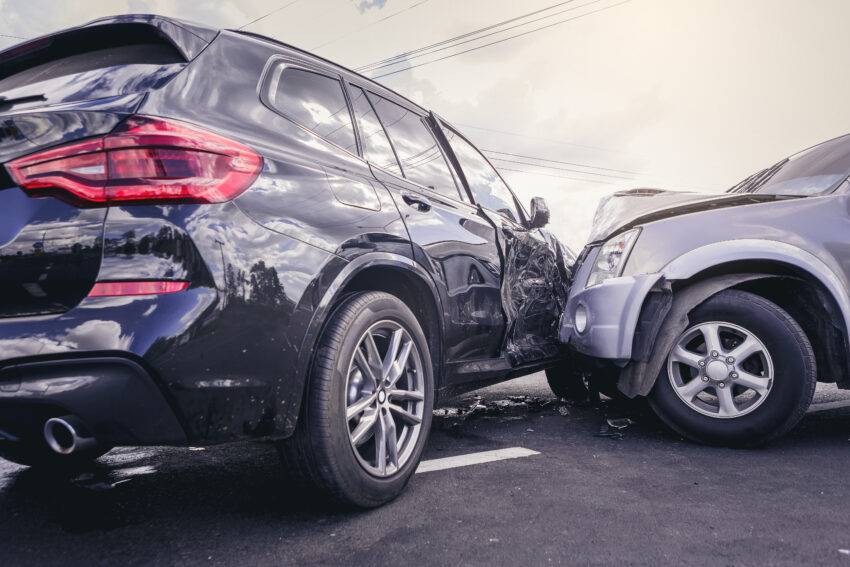Improving road safety is essential for ensuring the well-being of residents in any community.
To make a difference and reduce accidents, it is important for individuals, organizations, and government bodies to work together. In this guest post, we will discuss 12 practical steps that you can take to improve road safety in your area.
Obey Traffic Laws and Signals:
The first step towards improving road safety starts with everyone following traffic laws and signals diligently. This includes obeying speed limits, stopping at red lights and stop signs, using turn signals, and yielding to pedestrians. By setting an example of responsible driving behavior, you encourage others to do the same.
Promote Safe Walking and Bicycling:
Creating a safe environment for pedestrians and cyclists is crucial for road safety. Encourage walking and bicycle lanes by advocating for their creation in your area. Ensure that pedestrians have designated crossing areas at busy intersections and add bike racks around key locations to promote cycling as a viable means of transportation. Installing road humps in high-traffic areas can also slow vehicles down, ensuring better safety for pedestrians and cyclists.
Educate Drivers About Distracted Driving:
Distracted driving has become a major concern in recent years due to the increasing use of smartphones behind the wheel. It is imperative to educate drivers about the dangers of distracted driving through public awareness campaigns or by conducting workshops in schools or workplace settings.
Enhance Visibility on Roads:
Another important measure to improve road safety is by enhancing visibility on roads during low light conditions or inclement weather. Encourage local authorities to install sufficient streetlights along major routes and ensure reflective signage is in place.
Maintain Traffic Signage:
Well-maintained traffic signage plays a significant role in preventing accidents by alerting drivers about important information up ahead, such as upcoming bends, upcoming pedestrian crossings, or speed limit changes. Regularly inspect signs within your locality to identify any damages or missing signs that need repair or replacement.
Advocate for Better Pavement Conditions:
Maintaining and improving road conditions is central to reducing accidents. Potholes or deteriorating roads can lead to dangerous situations for drivers, cyclists, and pedestrians alike. Take note of poor pavement conditions and contact your local authorities to address these concerns promptly.
Encourage Responsible Parking:
Improperly parked vehicles can obstruct sightlines and contribute to traffic congestion, creating hazardous conditions for both drivers and pedestrians. Encourage responsible parking practices by organizing awareness campaigns or requesting local authorities to enforce parking regulations more strictly.
Create Safe School Zones:
Making the area surrounding schools safer is crucial in providing a secure environment for children and their families. Work with school administrators, parents’ associations, and local authorities to create safe zones around schools by implementing lower speed limits, adding extra crosswalks, or assigning crossing guards during peak hours. Installing heavy-duty speed humps around school zones can help control vehicle speeds and enhance safety.
Support Effective Public Transportation:
Encouraging the use of public transportation helps reduce the number of cars on the road, ultimately contributing to improved road safety. Advocate for better public transportation services in your area by contacting local elected officials or community organizations focused on transportation issues.
Implement Speed Control Measures:
Speeding is a leading cause of accidents worldwide; therefore, it’s essential to promote responsible driving speeds through various means. Lobby for speed cameras, heavy duty speed humps in dangerous areas or work with local police departments to increase patrols in neighborhoods where speeding is prevalent.
Conduct Community Road Safety Campaigns:
Engage with your neighbors and community members in promoting road safety through various educational campaigns such as driver education workshops, walkability audits, or initiatives encouraging mindful driving behaviors.
Collaboration with Local Authorities:
Finally, establishing an open line of communication with local authorities is crucial as they have the resources and jurisdiction needed to implement large-scale changes regarding road infrastructure and policies that can greatly impact safety standards in your area.
Conclusion:
Improving road safety requires collective effort from individuals, communities, and government bodies alike. By following these 12 steps, you can contribute to creating safer roads and a more secure environment for everyone in your area. Remember, incremental changes at a local level can have a significant and lasting impact on road safety. Let’s work together to drive change and create better road safety standards in our communities.


